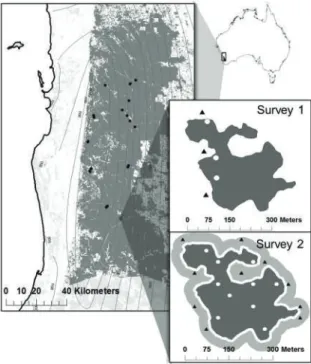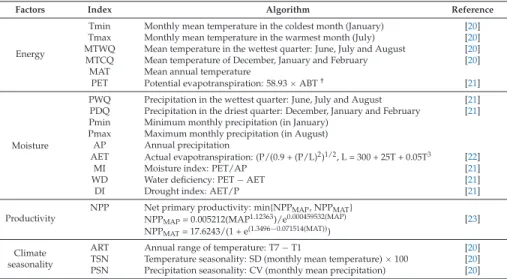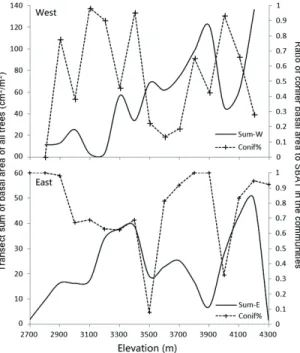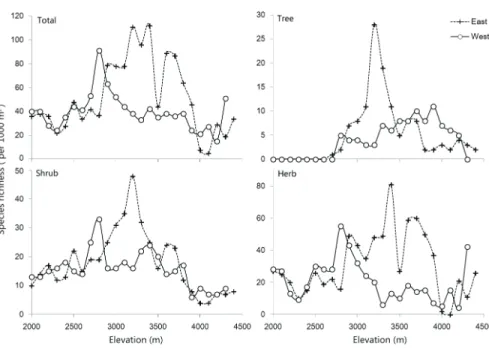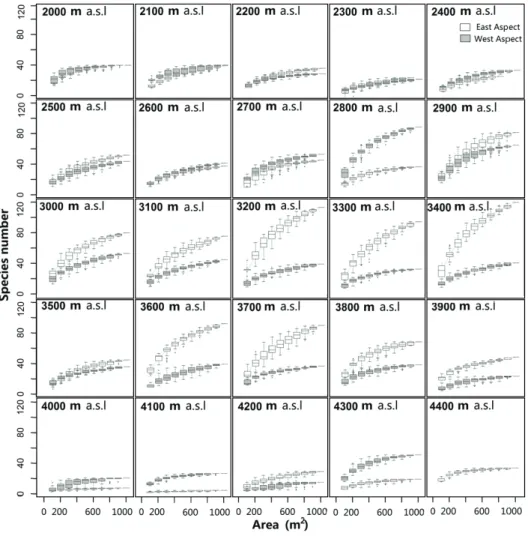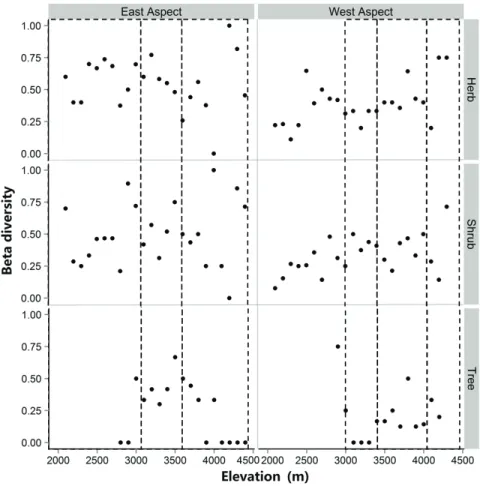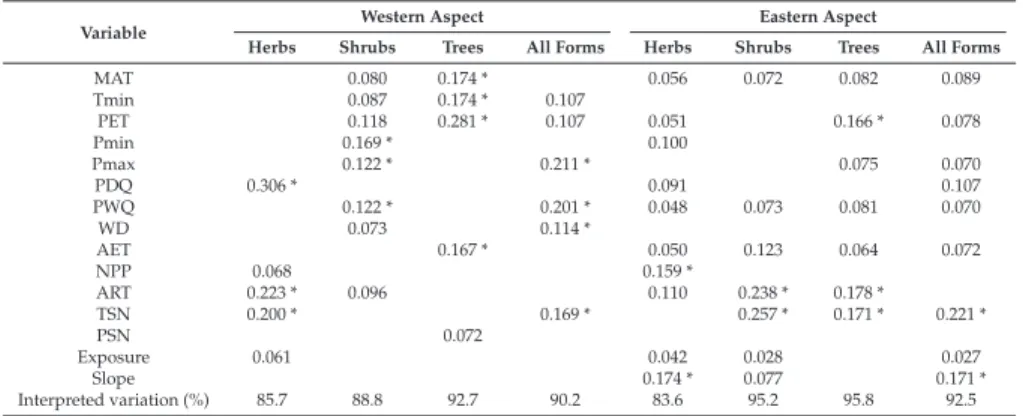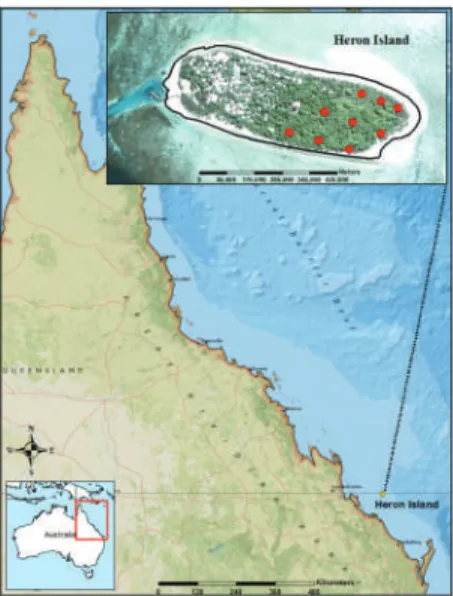This is a reprint of articles from the Special Issue published online in the open access journal Forests (ISSN from 2017 to 2018 (available at: http://www.mdpi.com/journal/forests/special issues/biodiversity conservation). Tomback is a professor in the Department of Integrative Biology at the University of Colorado, Colorado, Colorado, Denver. Current research effect of whitebark pine mortality on seed dispersal by Clark's nutcracker in the central and northern Rocky Mountains, and the restoration of subalpine forests after the 1988 Yellowstone fires.
They studied lichen biodiversity in Capricornia Cays National Park on Heron Island in the Great Barrier Reef to explore these relationships. 2016) review the importance of whitebark pine in treeline communities in the Rocky Mountains, where it supports snow retention and regulates downstream flows.
Plant Diversity along the Eastern and Western Slopes of Baima Snow Mountain, China
- Introduction
- Materials and Methods 1. Study Area
- Results
- Discussion
- Conclusions
We specifically addressed the following questions: (1) How do vegetation zones and plant species diversity along the altitudinal gradient on the western aspect of the BSM differ from those on its eastern aspect. These are the only data available to compare the eastern and western aspects of the BSM along its altitudinal gradient. Species diversity on the eastern aspect of the BSM was higher than that on the western aspect.
On the eastern aspect, the species richness of all the three growth forms - herbs, shrubs and trees - reached at 3200-3400 m. The environmental influence on the variation in the species richness of the three growth forms was. Therefore, this study assembled a dataset useful for comparing elevation-related patterns of plant species diversity on the eastern and western aspects of the BSM and for testing the above-mentioned hypotheses explaining the diversity patterns (Table 5).
All recorded species in all transects on the western and eastern aspects were comparable in terms of their gamma(r) diversity.
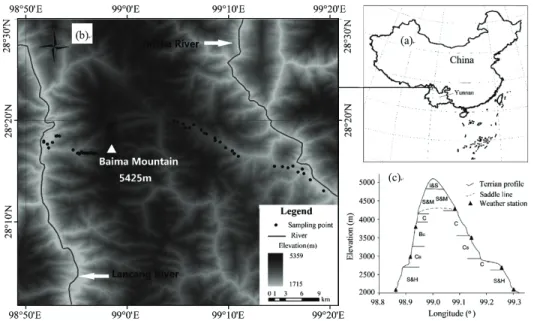
Lichen Monitoring Delineates Biodiversity on a Great Barrier Reef Coral Cay
Materials and Methods 1. Study Area and Field Methods
The total area of the island at high tide is about 23 ha, with the vegetated part covering 20 ha. For example, 9.4 ha of forest area on the Capricornia Cays National Park section (eastern half) of the island formed the study landscape. In terms of sampling area, each plot represents just over 1 ha of the total forested area within the National Park portion of Heron Island.
In addition to descriptive characterization of the forests and lichens of the study area (objective 1), our analysis used multivariate statistics to assess potential differences in lichen communities by forest. We chose the MRPP due to the nature of our small total data matrix and the number of low-occurring lichen species [ 23 ]. Orthogonal rotation of the final ordination was used to maximize the correlation between the strongest environmental variables (ie, Pearsonr values) and the principal axes of the ordination.
Figure 2 shows a common plot of the ordination, where an overlay of the categorical variable forest type is plotted in low "species space". As the stronger of the two dimensions represented here, axis 1 appears to describe a gradient of available light, tree density and tree diversity, with higher lichen species richness and abundance correlating positively with UTM eastern and more diverse forest types, and negatively with distance to forest edge and number of trees ha−1. The asymptotic character of the species curve (dark blue) as well as Sørensen's distance curve (light blue) describe a maximization of the effort (number of plots) required to capture the entire epiphytic lichen flora in the study area.
Lichen community change in response to succession in aspen forests of the Rocky Mountains, USA. For. Nutrient input by seabirds to the forest on a coral island of the Great Barrier Reef.Mar. Nitrogen ecophysiology of Heron Island, a subtropical coral reef of the Great Barrier Reef, Australia. Function.

Extinction Risk of Pseudotsuga menziesii Populations in the Central Region of Mexico: An AHP Analysis
Materials and Methods
AHP is one of the most widely used tools in what is known as multi-criteria decision making [14]. We used this combination of data sources to broaden the perspective of the analysis by including relevant social criteria in the Mexican context. The cells in the matrices were assessed by comparing the relative importance of the criteria (or sub-criteria) in each row with the criteria (or sub-criteria) listed in each column of the corresponding matrix; due to the principle of reciprocity defined as part of the procedure [13,18], it is only necessary to compare the upper half (above the diagonal) of the PCM.
The value of extinction risk for each population was calculated by adding the products of the transformed standardized values of the sub-criteria and their respective weight values (linear weighted sum). The risk categories were defined by the authors based on the range of risk values calculated for populations (0.15 to 0.45, Table 6) and the need to clearly prioritize the activities for the conservation of the species. Four of the twenty-nine evaluated populations (13.8%) had a very low risk of extinction showing values less than 0.25 (Table 6).
In addition, there is an interest in the preservation of populations, since the owners of the stands have determined the rules of forest use. The owners have an interest in preserving the populations, as 50% of them have a forest management program, while the rest have at least forest use rules. Populations are on private land; although some of these have a forest management program and other rules of use, two populations have no regulations.
The model was built taking into account elements that, according to the scientific literature and the authors' experience on forest conservation practices, are important to assess the risk of extinction of the species of interest in central Mexico. AHP facilitated the task of calculating different weight values (importance) for each of the criteria identified as important for the risk assessment performed, a critical issue in the modeling process. Such a conservation strategy is feasible in central Mexico due to the growing interest in the management of the species' populations as a genetic reserve - due to its current status of legal protection.
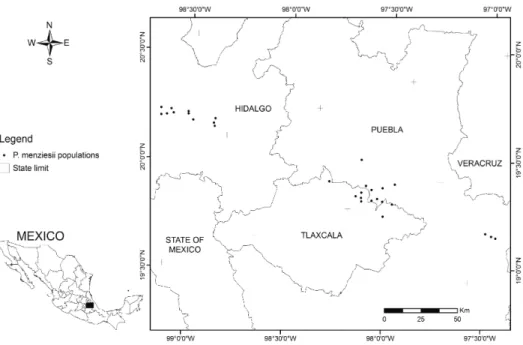
How Natural Forest Conversion Affects Insect Biodiversity in the Peruvian Amazon
Can Agroforestry Help?
Experimental Section 1. Study Sites
Due to the large distance between the villages, each plot was sampled six times, with monthly repetitions. These are stored in the depot of the Czech University of Life Sciences, Prague, and are being prepared for further research. However, both approaches give the same results: there are at least statistically significant differences between some groups (habitats).
The rest of the species in those localities were represented by an average of two individuals per morphospecies (Figure 3). To standardize different sample sizes from each of the five habitats, we compared them according to their species accumulation curves (Figure 3). The similarity relationship is visible on the radar graph (spider net—Figure 4), where most ecosystems have their maximum values on the right side of the graph (Figure 4), while curves of monocultures and weed grasslands are clustered on the left. side.
This can be explained by the structure of the vegetation cover, which is most complex in natural forest. According to our results, cocoa agroforests are not as high in insect species richness and diversity as multilayer agroforests; however, as cocoa agroforestry systems cover eight million hectares of land worldwide, they have received increased attention for their potential to harbor some of the natural forest biodiversity [ 25 ]. We believe that different agroforestry systems, such as multilayers and cacao agroforests, are able to preserve some of the original biodiversity of native forests and may form a suitable reservoir for some insect species that occur in primary tropical forests.
Author Contributions: Jitka Perry, was in charge of the entire study (methodology, data collection and evaluation, and writing of the manuscript); Bohdan Lojka, the corresponding author, supervised the entire research project, the writing of the article, and reviewed and commented on successive drafts of the article; Lourdes G. In Proceedings of the 29th International Symposium on Remote Sensing of Environment, Buenos Aires, Argentina, April 8-12, 2002. A method to establish groups of equal amplitude in plant sociology based on species content similarity, and its application to analyzes of the vegetation on Danish commons.K.
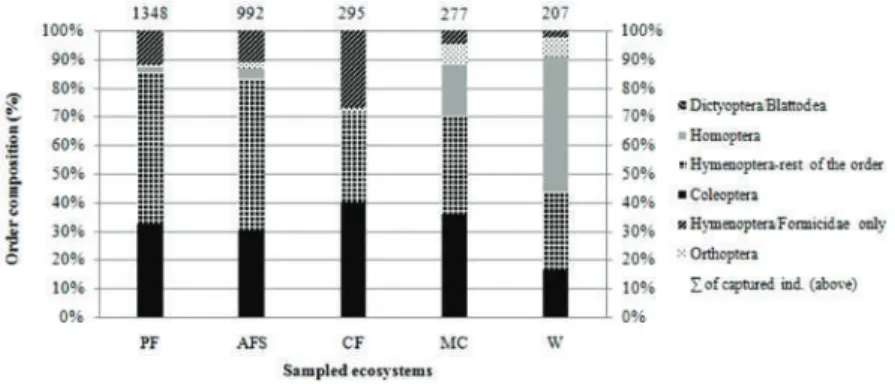
Outbreak of Phoracantha semipunctata in Response to Severe Drought in a Mediterranean
Experimental Section 1. Study Area
The Northern Jarrah Forest ranges from tall open sclerophyll forest in the west to open woodland in the east due to a strong west-east precipitation (ranging from 1300 mm to 800 mm) and evaporation gradient (ranging from 575 mm to 700 mm) [26]. Plots were selected by randomly selecting 3 points on a 20 m×20 m grid (using fGIS forestry navigation software (Wisconsin DNR-Division of Forestry, Madison, United States) from within the severely affected forest in each of the 20 sites selected and representing the center of a 0.011 hectare permitted damage to the nature of the plot. much and minimally drought-affected forest nearby.
For each tree, the loose outer bark of the lower 2 m of the trunk was scraped to remove P. This is the first study to report that, following a severe drought, canopy collapse was one of the leading causes of P outbreaks. These findings are significant as the tree species in the Northern Jarrah Forest have traditionally been resistant to the combined effects of drought and forest pests [37].
Author Contributions: Stephen Seaton designed the original study, undertook the fieldwork and experiment implementation, analyzed the data, and participated in the writing of the manuscript. Contribution of Working Group I to the Fifth Assessment Report of the Intergovernmental Forum on Climate Change;. Climate change and the bark beetles of the western United States and Canada: direct and indirect effects. BioScience.
Duffy, E.A.J.A Monograph of the immature stages of Australian timber beetles (Cerambycidae); British Museum (Natural History), ed.; Trustees of the British Museum: London, UK, 1963; pp. Influence of larval environment on performance and adult body size of the wood-boring beetle Phoracantha semipunctata.Entomol. McArthur, W. M.; Churchwood, H.M.; Hick, P.T. Landform and Soils of the Murray River Catchment Area of Western Australia, 3rd ed.; Management, D.O.L.R., ed.; Commonwealth Scientific and Industrial Research Organization, Division of Land Resources Management: Melbourne, Australia, 1977; pp.
